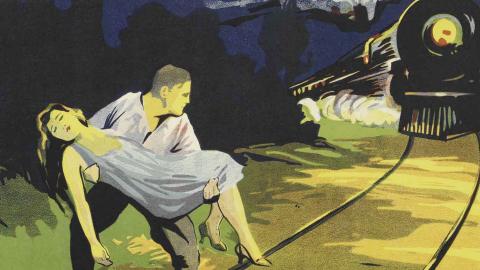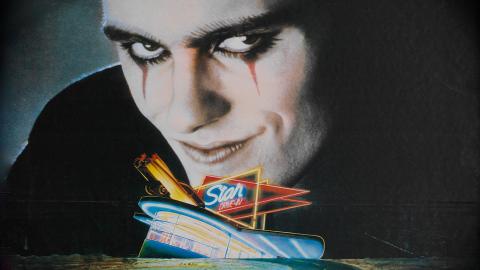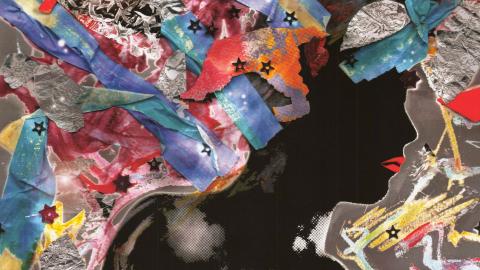
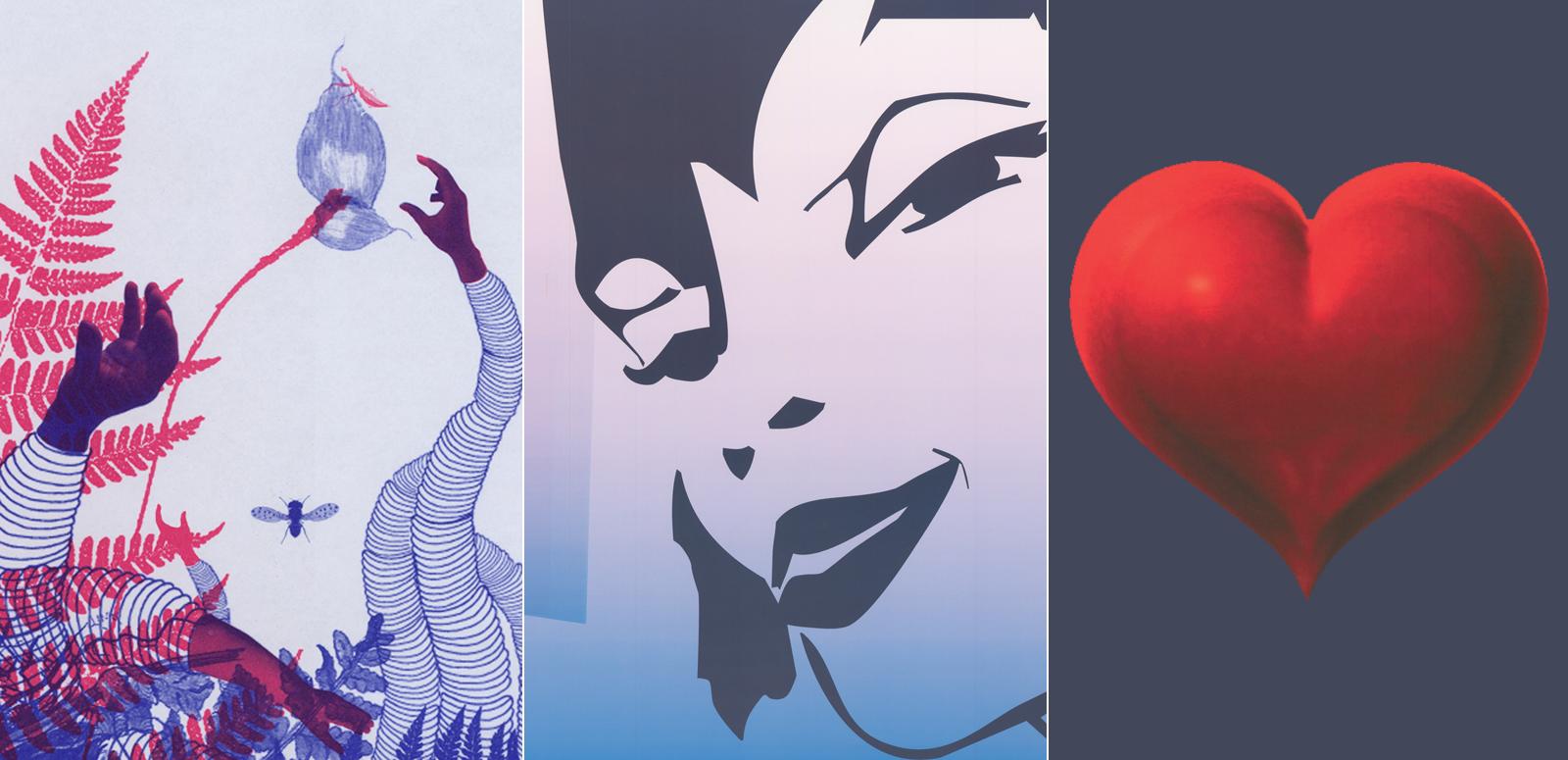
The art of festival posters
From the earliest Australian film festival in 1952 to Tamworth Country Music Festival and WOMADelaide, festivals and their posters have become part of Australia’s cultural scene.
Designed to attract an audience and to project an identity, festival posters are an essential tool in the marketing and branding of festivals, with the additional challenge of representing a multifaceted festival experience.
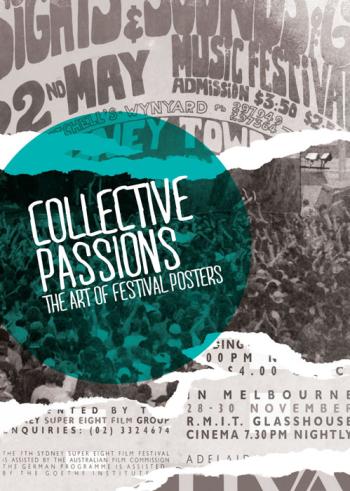
The best posters balance design flair and information, special interests and advertising, creators and audiences, and budgets and deadlines to create an appealing image. Many of the most engaging festival poster graphics in NFSA's collection use imagery and techniques drawn from art or film. Techniques range from hand-printed posters to fully digital productions. At their best, they become collectibles, otherwise quickly forgotten.
Posters are one element in branding a festival, alongside newer forms of promotion such as web pages and online campaigns.
The National Film and Sound Archive’s poster collection captures the variety and vitality of film and music festivals in Australia’s capital cities and regional centres.
Film festivals
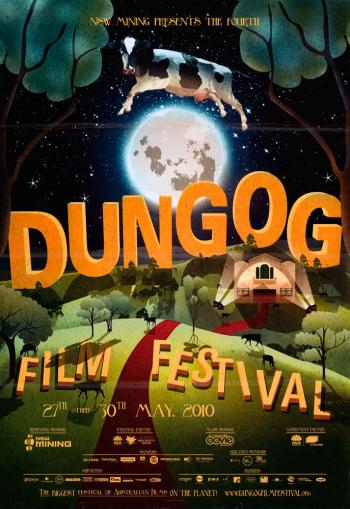
The Melbourne Film Festival is one of the world’s original film festivals and Australia’s oldest (1953). Sydney’s film festival launched just one yeat later in 1954. Over the following decades other capital cities tried, sometimes failed and at times succeeded in setting up their own film festivals.
Festivals can feature particular film formats such as Super 8, genres such as shorts and documentaries, or cater to particular audiences like the gay and lesbian community. Even though film festival posters are of secondary importance to the festival program, festival directors work with artists and designers to catch the public eye.
Music festivals
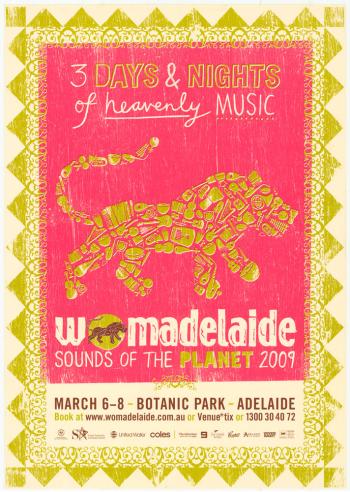
Music festivals of all genres have become major events on Australia’s cultural calendar. Popular festivals such as Laneway and Big Day Out attract national and international headline acts.
Some of these large festivals tour multiple capital cities around Australia. In contrast, regional events like the Merimbula (NSW) and York (WA) jazz festivals combine their location with music to promote the local identity and attract tourists.
Many music festivals appeal to a musical ‘compilation’ feel by mixing genres such as blues, rock, indie and house music. The best music festival posters attract audiences with designs that draw on musical or instrumental imagery, CD cover art, or reference the location.
Selection of posters from the exhibition

Jeremy Saunders, Dungog Film Festival 2010 (818027)
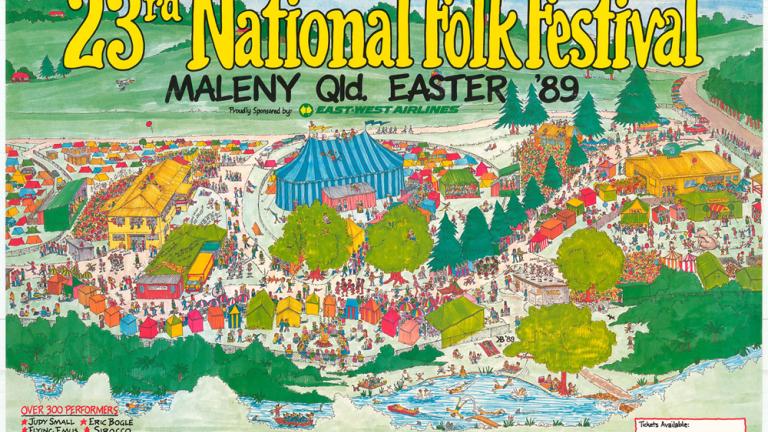
Kim Brown, National Folk Festival 1989 (462585)
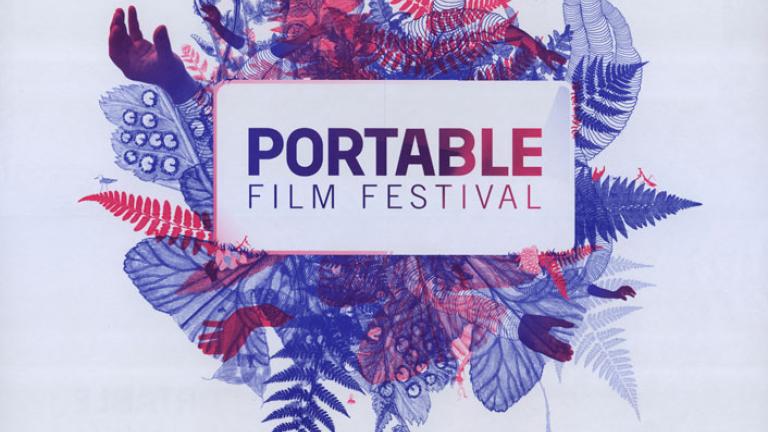
Alter Design Studio, Portable Film Festival 2008 (773762)
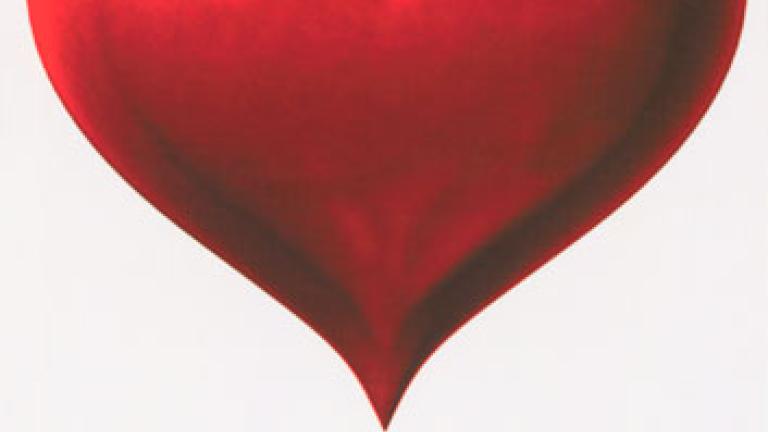
Blue Dahlia Films, Melbourne Queer Film Festival 2004 (600206)
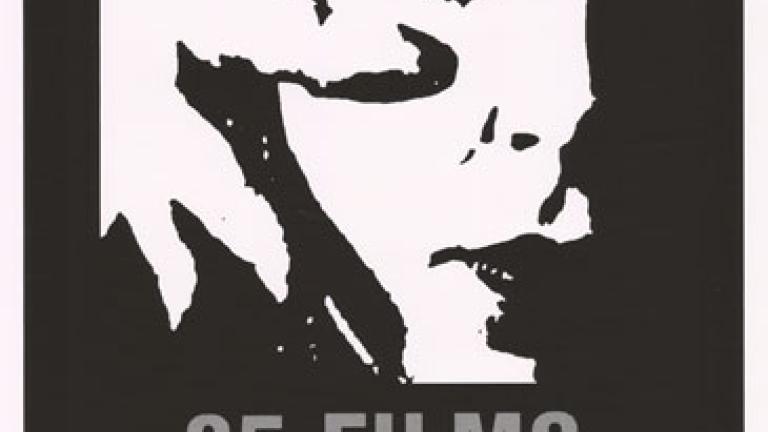
Liz Berger, Sydney Underground Film Festival 2007 (746777)
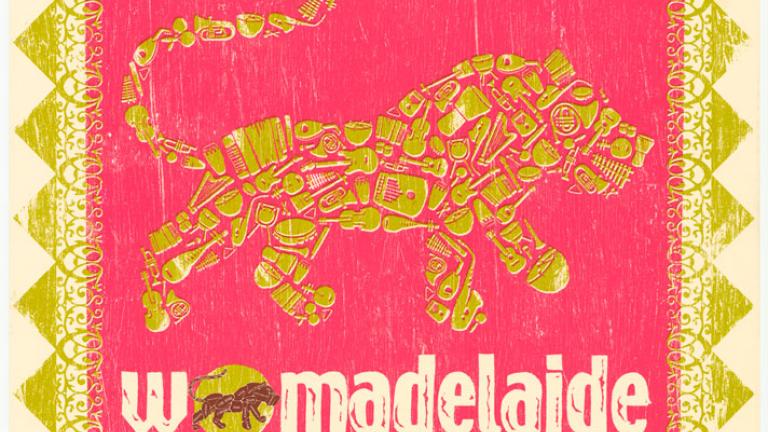
Jerry Pendleton, Orbit Design Group, WOMADelaide Sounds of the Planet (796065)2009
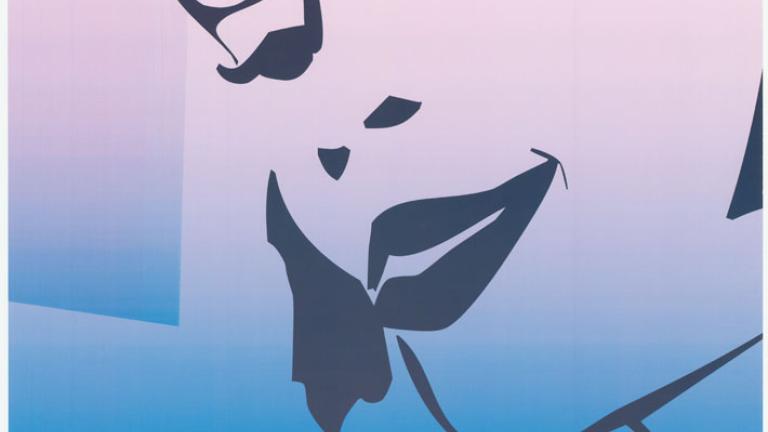
Caterina Vicaretti, World of Women (WOW) International Film Festival 2002 (576707)
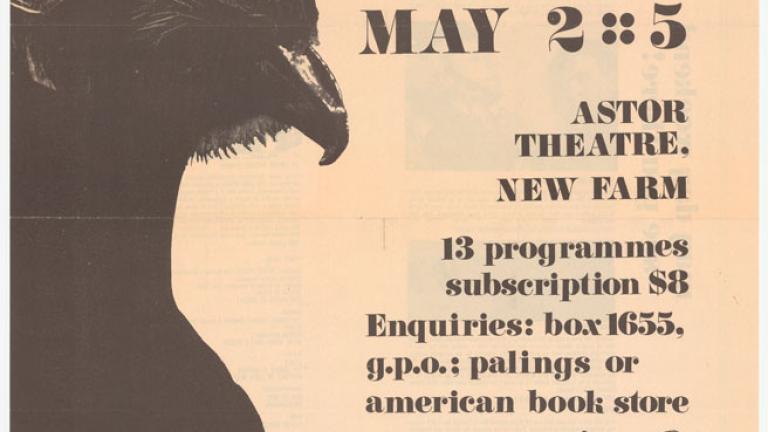
Fourth Brisbane Film Festival (515489)
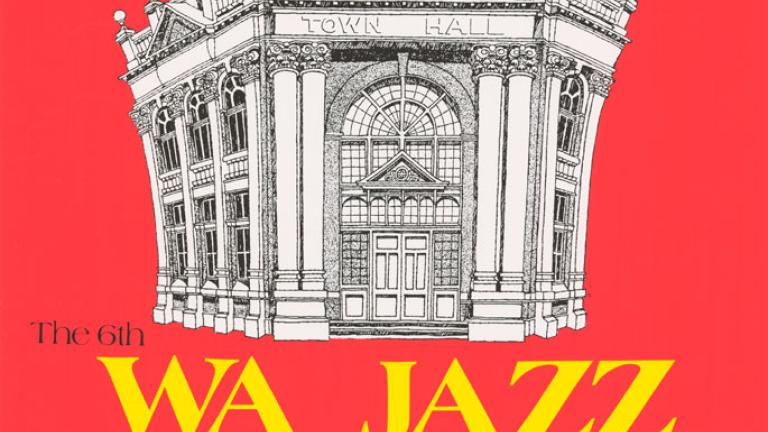
WA Jazz Festival 1988 (411779)
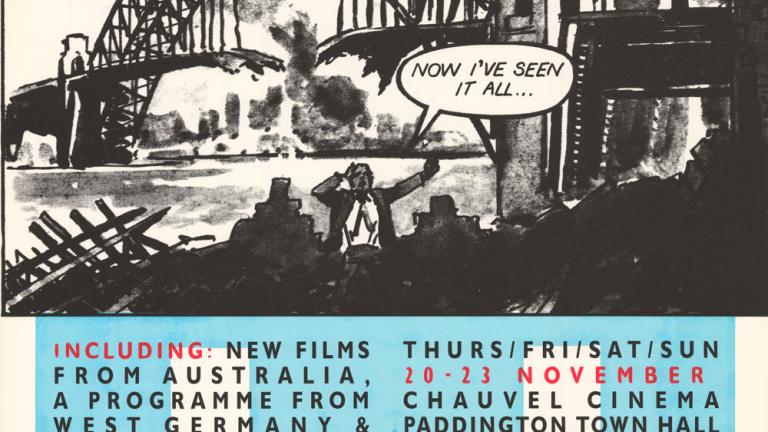
Seventh Sydney Super 8 Film Festival (458932)
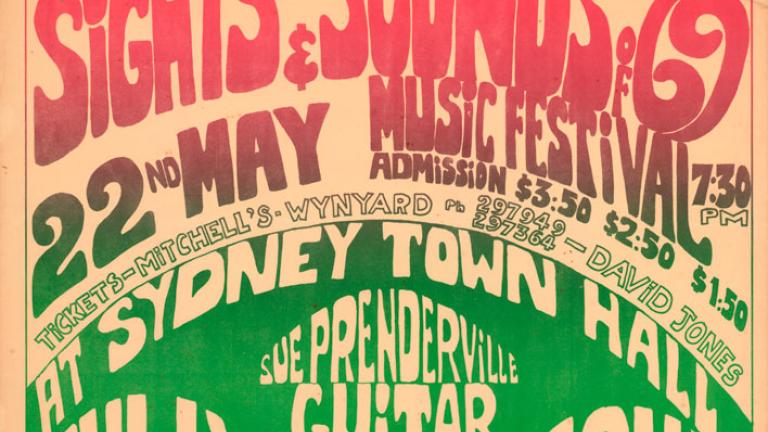
Sights and Sounds of '69 (359024)
The National Film and Sound Archive of Australia acknowledges Australia’s Aboriginal and Torres Strait Islander peoples as the Traditional Custodians of the land on which we work and live and gives respect to their Elders both past and present.
